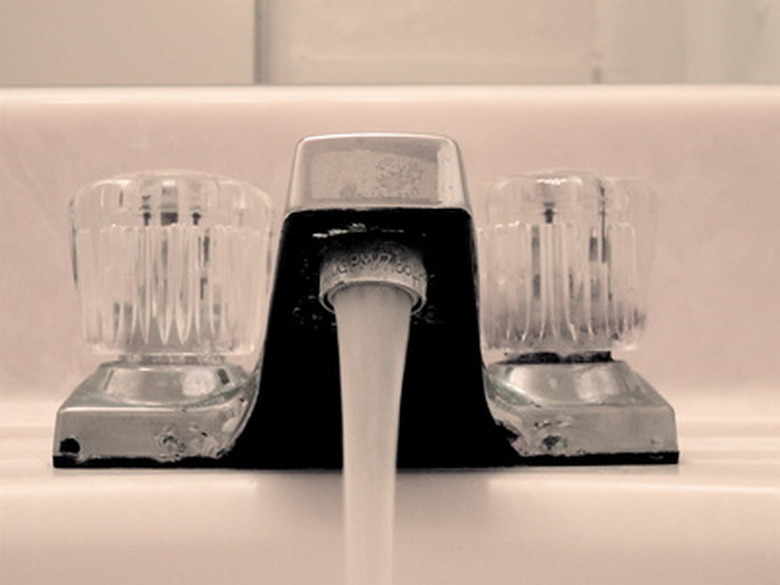Why Is My Well Water Brown?
The U.S. Environmental Protection Agency reports that approximately 15 percent of households in the United States get their drinking water from a private well. Wells draw water from aquifers beneath the ground and most deliver safe, clean water. Still, sometimes your well water may become contaminated with substances, which may be either benign or harmful. If you notice a change in your well water, you can have it tested by your local health department or a private laboratory to determine the cause of the changes.
How Wells Become Contaminated
How Wells Become Contaminated
Rainwater, runoff from watering your lawn and runoff from your roof or gutters all drain back into the soil. This water percolates through layers of dirt and rock and eventually reaches the aquifer which serves as the source for your drinking water. Though the rock and dirt may filter out some contaminants, others may reach the aquifer, contaminating it and your drinking water. You may suspect your well is contaminated if you notice a change in the color or taste of your water, or if you or members of your household become ill. Brown well water can be a sign of contamination, but it could also be the result of natural processes that won't harm your health.
Iron Ore
Iron Ore
Well water often contains naturally occurring minerals such as sulfur or iron ore. The presence of large amounts of iron can turn your water a brown or reddish-brown color. The iron isn't particularly harmful, and can even be beneficial, providing iron in your diet. But the color can stain clothing and plumbing fixtures. You can install a filter to remove most of the iron from your water.
Rust
Rust
Rusty pipes can also turn your water brown, but the source is the pipes themselves, not the well water itself. Suspect rusty pipes if water from certain parts of the house is brown while water drawn from other faucets remains clear. If you live in an older house, which may have metal pipes that were soldered with lead, have your water tested for lead contamination.
Tannins
Tannins
Tannins dissolved from leaves can turn water a brown color. This most often occurs in lakes and streams, but if you have a shallow well, you may find your water turns brown in the fall, when dry leaves pile up on the ground and water percolates through them, making a kind of tea. The tannins aren't harmful, but may effect the taste of your water and could stain laundry. Raking leaves from your yard could help alleviate the problem.
Silt
Silt
Water that contains suspended particles or dirt, leaves or other organic matter can appear brown and cloudy. If you let a glass of water sit overnight, the suspended particles may settle to the bottom of the glass. Check the filter on your well pump if you notice silt in your water. Sometimes wells silt up after floods and you'll need to contact a water well company to help restore your well.
